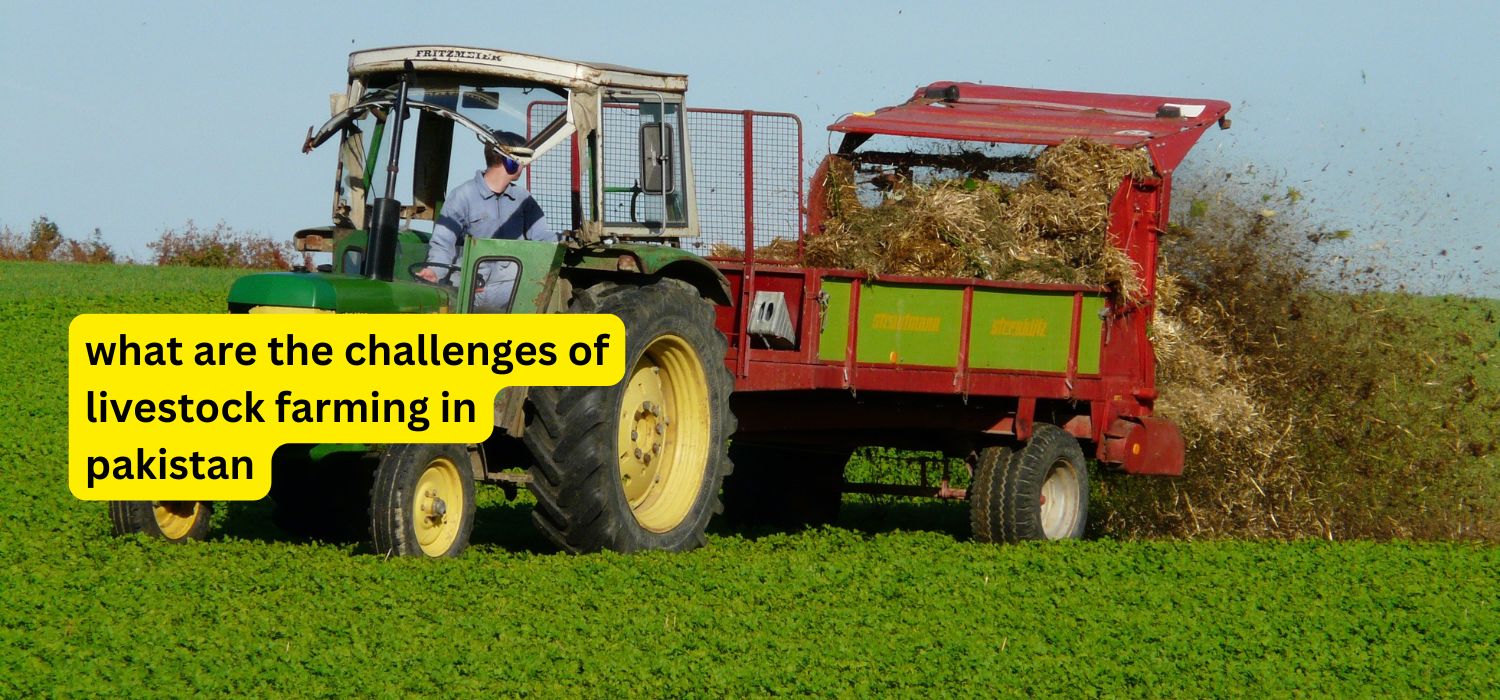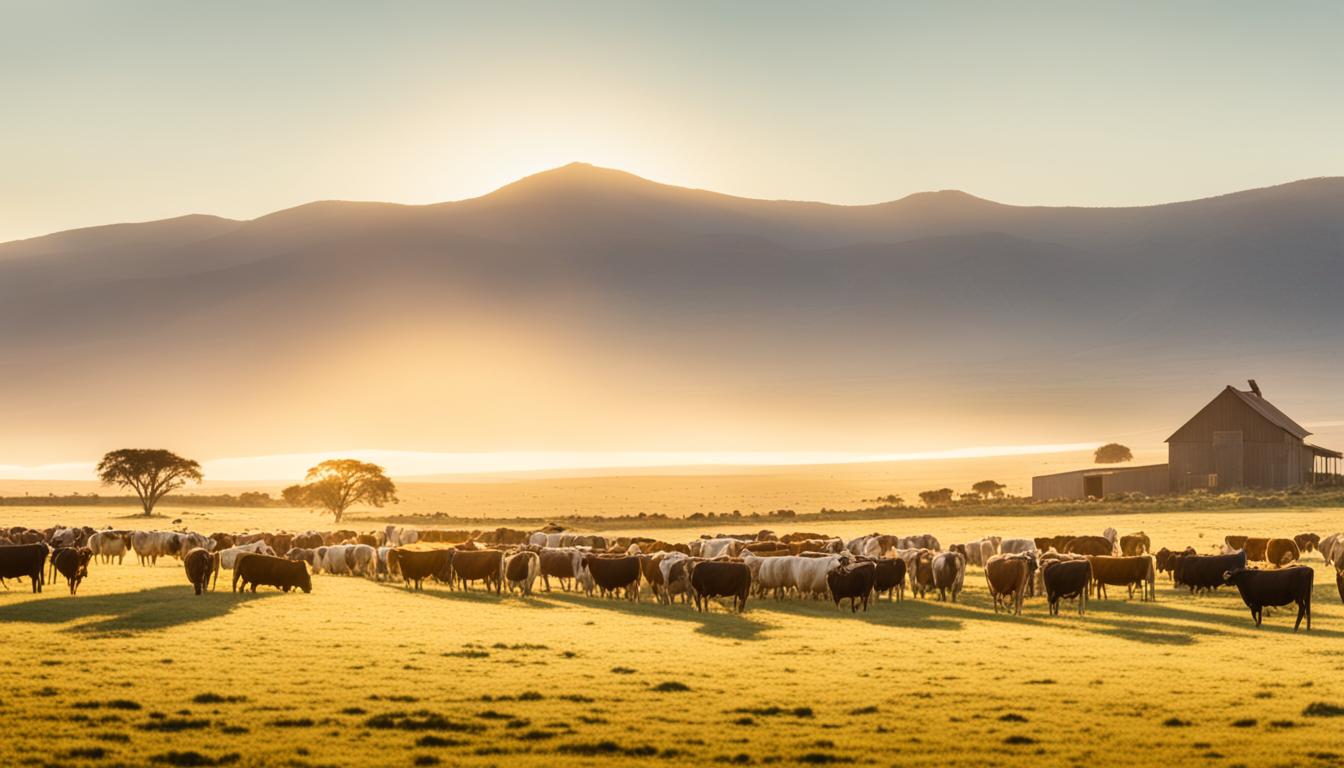Livestock farming is a vital component of Pakistan’s agriculture sector, contributing significantly to the country’s economy. It accounts for nearly 60% of the agriculture GDP and provides livelihoods to millions of rural households. Despite its importance, livestock farming faces numerous challenges that hinder its growth and development. Below, we explore some of the most pressing issues faced by the livestock sector in Pakistan.
1. Limited Access to Quality Feed and Fodder
A major challenge for livestock farmers in Pakistan is the insufficient availability of high-quality feed and fodder. Most farmers rely on traditional methods of feeding, which do not meet the nutritional needs of the animals. The shortage of grazing land due to urbanization and land degradation exacerbates the problem. Consequently, livestock suffer from malnutrition, leading to low productivity in terms of milk, meat, and wool.
2. Lack of Veterinary Services
The availability of veterinary services is inadequate, especially in remote and rural areas where most livestock farming occurs. This leads to the improper diagnosis and treatment of animal diseases. Common diseases such as foot-and-mouth disease, brucellosis, and mastitis go untreated, resulting in high mortality rates and decreased productivity.
3. Climate Change Impacts
Pakistan is highly vulnerable to climate change, and its effects are severely impacting the livestock sector. Rising temperatures, changing rainfall patterns, and increased frequency of extreme weather events, such as floods and droughts, reduce the availability of water and fodder. Heat stress also directly affects animal health, leading to lower milk production and fertility rates.
4. Poor Genetic Potential of Livestock
Most of the livestock breeds in Pakistan have low genetic potential for productivity. Indigenous breeds are often not optimized for high milk or meat yield. Although crossbreeding programs have been introduced, they lack widespread implementation due to limited awareness and financial constraints among farmers.
5. Market Constraints
Livestock farmers in Pakistan face several market-related challenges, including fluctuating prices, lack of proper marketing infrastructure, and exploitation by middlemen. Farmers often sell their products, such as milk and meat, at low prices due to the absence of a structured market system, resulting in minimal profits.
6. High Disease Prevalence
The prevalence of diseases among livestock is a significant issue in Pakistan. Inadequate vaccination programs, lack of biosecurity measures, and poor hygiene practices contribute to frequent disease outbreaks. These outbreaks not only reduce productivity but also discourage investment in the sector.
7. Financial Constraints
Most livestock farmers in Pakistan are small-scale operators who lack access to credit and financial resources. High costs of feed, veterinary care, and breeding services, coupled with limited access to subsidies, make it difficult for farmers to invest in improving their operations.
8. Water Scarcity
Water is an essential resource for livestock farming, and Pakistan faces a growing water crisis. The scarcity of clean drinking water for animals, along with inadequate irrigation systems, further hampers the growth of the sector.
9. Lack of Education and Training
Many livestock farmers in Pakistan lack formal education and training in modern farming techniques. This results in inefficient management practices, poor animal health, and low productivity. Government initiatives to provide technical training and awareness campaigns are insufficient to reach the majority of farmers.
10. Policy and Institutional Gaps
The livestock sector suffers from weak policy frameworks and poor implementation of existing regulations. There is a lack of coordination between government institutions and private stakeholders, leading to fragmented efforts in addressing the sector’s challenges.
Solutions to Address These Challenges
While the challenges are significant, there are several steps that can be taken to address them:
- Enhancing Feed and Fodder Availability: Promoting the cultivation of high-yield fodder crops and adopting silage-making techniques can improve feed quality.
- Improving Veterinary Services: Expanding veterinary infrastructure and providing mobile veterinary clinics in rural areas can help ensure timely treatment of diseases.
- Mitigating Climate Change Impacts: Implementing climate-resilient farming practices and providing subsidies for water-efficient technologies can help farmers adapt to changing environmental conditions.
- Genetic Improvement Programs: Introducing and scaling up crossbreeding programs can enhance the productivity of indigenous livestock breeds.
- Developing Market Infrastructure: Establishing livestock markets and cooperatives can ensure fair prices for farmers and reduce their dependency on middlemen.
- Increasing Financial Support: Providing easy access to credit and insurance schemes can encourage farmers to invest in their livestock operations.
- Awareness and Training Programs: Organizing training sessions and workshops on modern farming practices can empower farmers to manage their livestock more effectively.
- Strengthening Policies: Formulating and implementing robust livestock policies with input from all stakeholders can help address systemic issues.
Conclusion
Livestock farming in Pakistan has immense potential to contribute to the country’s economy and ensure food security. However, addressing the challenges outlined above is crucial for unlocking this potential. With the right mix of policies, investments, and awareness programs, the livestock sector can thrive, benefiting millions of farmers and contributing to sustainable economic growth


